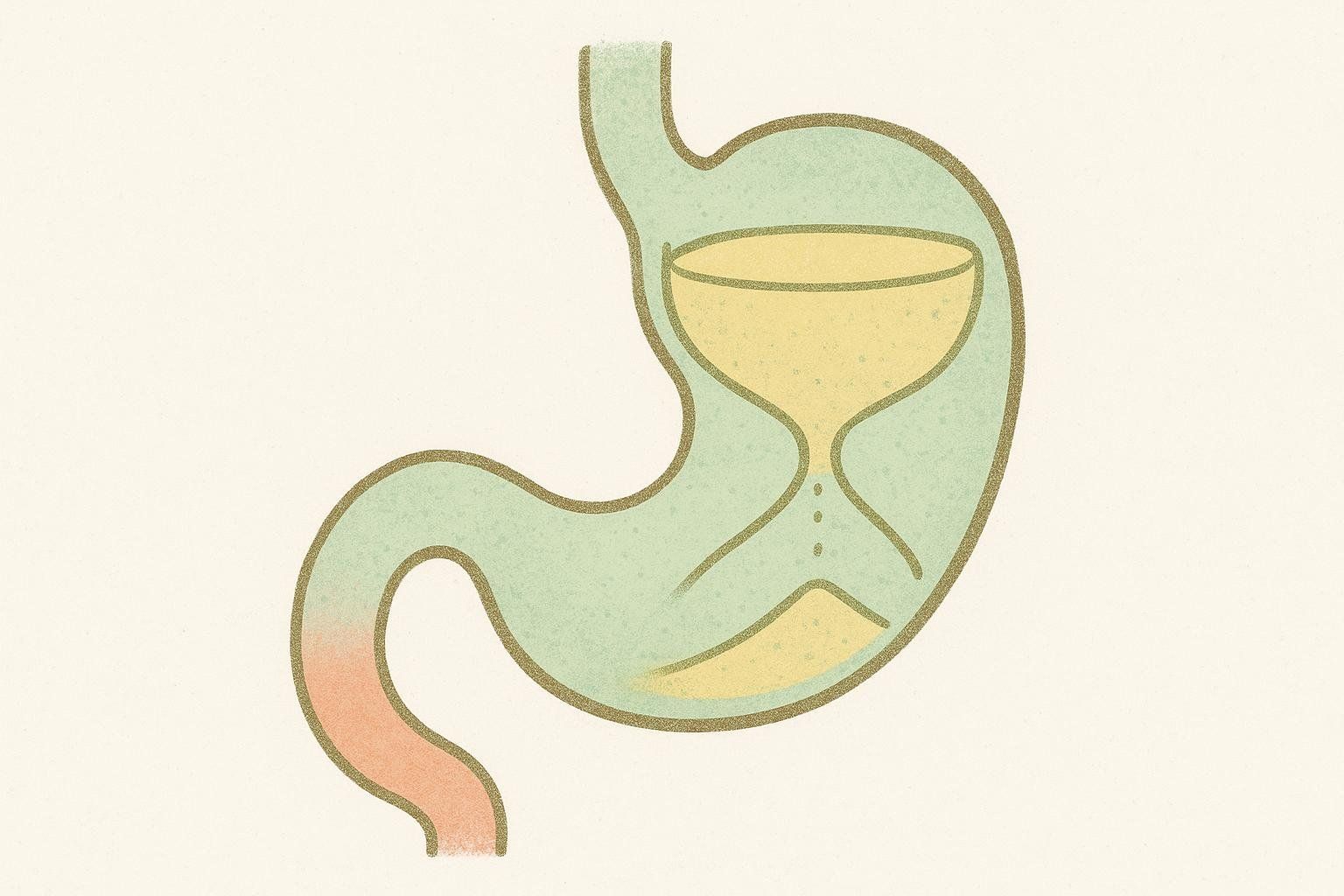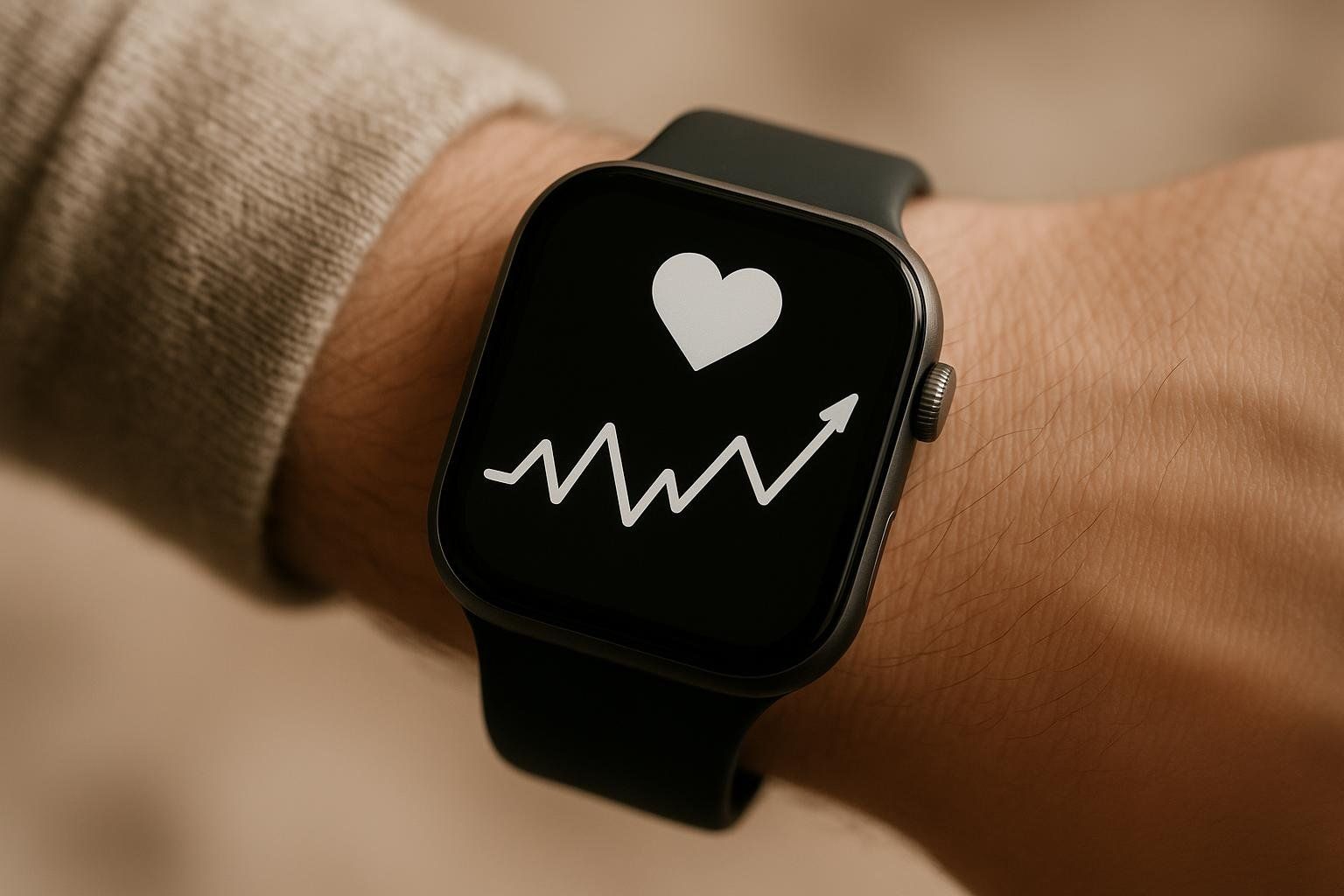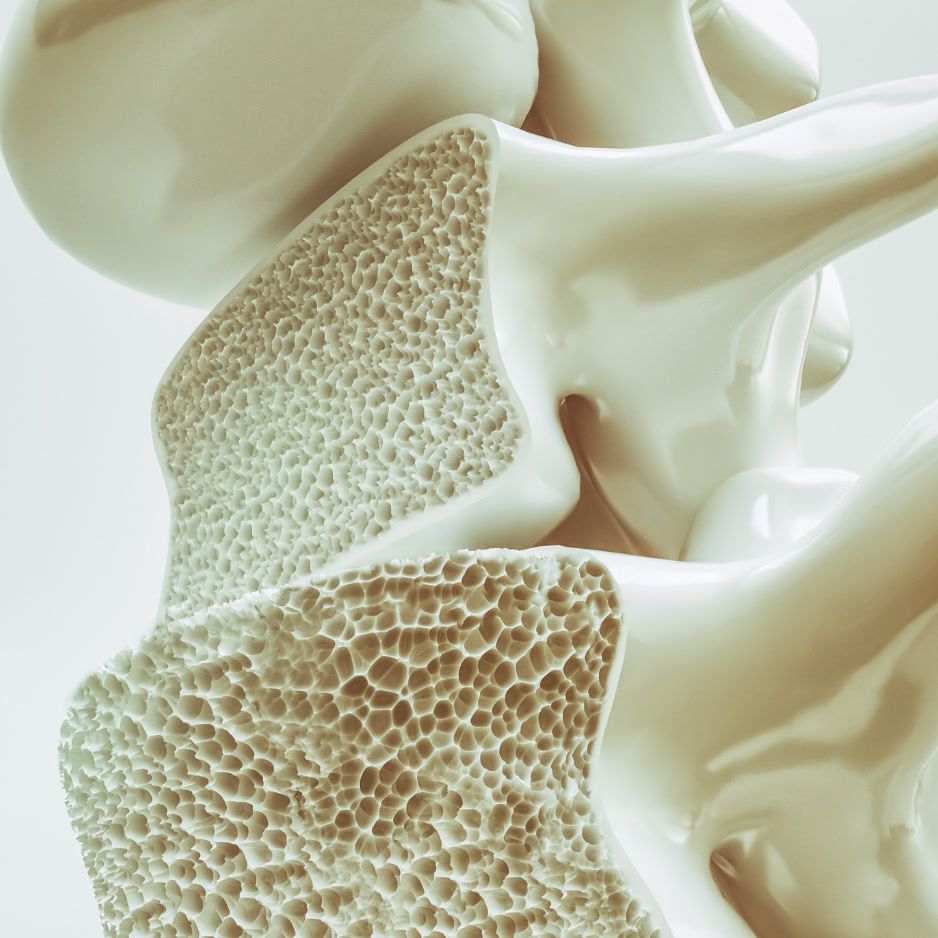Retatrutide Side Effects: Safety and Management Guide

Retatrutide Side Effects: Safety & Management Guide
Key Takeaways
- Most Common Side Effects: Gastrointestinal (GI) issues such as nausea, vomiting, diarrhea, and constipation top the list. Up to 60–80% of users report at least one GI symptom at higher doses, according to phase-2 data in the New England Journal of Medicine.
- Cardiovascular Effects: Resting heart rate may rise by 5–10 beats per minute, peaking around week 24 before tapering off.
- Serious Adverse Events: Rare events like acute pancreatitis and severe hypersensitivity were reported in trials, but no causal link is confirmed.
- Mitigation Strategy: A 4- to 6-week dose-escalation schedule remains the most effective way to minimize side effects and improve tolerability.
Retatrutide is drawing attention for impressive weight-loss outcomes, but understanding its full safety profile is crucial before considering it. This guide translates up-to-date clinical trial data into plain English and offers science-backed tactics to manage potential side effects.
What Is Retatrutide?
Retatrutide (LY3437943) is an investigational injectable that activates three metabolic receptors—GLP-1, GIP, and glucagon. In a phase-2 study, the highest dose (12 mg weekly) produced an average 24% body-weight reduction over 48 weeks. Because it’s still in clinical trials, any use outside a study is considered unapproved.
How Does Triple Agonism Affect Side Effects?
The same mechanisms that drive weight loss can amplify GLP-1-type adverse events. GLP-1 activation slows gastric emptying—one of the main causes of nausea—while glucagon stimulation may raise heart rate. Understanding the “why” makes it easier to manage the “how.”
Common vs. Serious Side Effects at a Glance
| Category | Specific Symptoms | Typical Onset | Incidence |
|---|---|---|---|
| Gastrointestinal | Nausea, vomiting, diarrhea, constipation, abdominal pain | Weeks 1–12 | 60–80% at ≥ 8 mg doses |
| Cardiovascular | Resting heart-rate increase, palpitations | Peaks ≈ Week 24 | 20–30% (mostly mild) |
| Hepatic | Mild ALT/AST elevation | During dose increases | Transient, mild increases; exact % not reported |
| Injection-Site | Redness, itching, small nodules | Anytime | 5–15% |
| Rare but Serious | Acute pancreatitis, gallstones, severe allergic reaction | Variable | < 1% |
Sources: Jastreboff et al., 2023, NEJM and a PMC safety review.

Incidence Rates from Clinical Trials
Percentage of participants reporting each side effect at various weekly doses:
| Dose | Nausea | Diarrhea | Constipation | HR Increase > 10 bpm |
|---|---|---|---|---|
| Placebo | 13% | 7% | 6% | 2% |
| 1 mg | 24% | 15% | 12% | 8% |
| 4 mg | 36% | 22% | 19% | 15% |
| 8 mg | 57% | 40% | 25% | 27% |
| 12 mg | 63% | 48% | 32% | 31% |
Source: Jastreboff et al., 2023, NEJM.
Why GI Side Effects Happen—And How to Tame Them
Slower stomach emptying combined with stronger fullness signals can stall digestion and trigger discomfort.

Practical tips to ease GI issues

- Eat smaller, protein-forward meals. High-fat meals take longer to digest and can worsen nausea.
- Try herbal remedies. Small studies on ginger for nausea and peppermint oil trials suggest they can soothe mild stomach upset.
- Stay upright for 30 minutes after eating. Gravity helps move food along.
- Hydrate slowly. Rapid chugging can trigger vomiting; steady sipping is gentler.
- Ask about anti-nausea medication if you struggled with other GLP-1 drugs.

Most GI symptoms fade after 8–12 weeks, particularly with gradual dose increases.
Cardiovascular Effects: What the Numbers Mean
Retatrutide can raise resting heart rate by about 5–10 bpm, peaking at week 24 and easing thereafter.

What to Do About Cardiovascular Effects
- Track morning pulse weekly. Many smartwatches make this easy.
- Get a baseline EKG if you have tachycardia or arrhythmias and repeat during dose escalation.
- Report new palpitations promptly.
Other Side Effects to Monitor

- Liver enzymes: A minority of participants had temporary ALT or AST bumps. Ask your provider how often to check liver labs.
- Injection-site reactions: Rotate sites and let alcohol swabs dry to reduce skin irritation.
Serious but Rare Side Effects
Pancreatitis & Gallbladder Disease
Severe abdominal pain warrants immediate medical evaluation; regulators advise stopping therapy until pancreatitis is ruled out.
Retatrutide vs. Semaglutide vs. Tirzepatide
| Drug (Max Dose) | Peak Avg. Weight Loss | Nausea Rate | Avg. HR Increase |
|---|---|---|---|
| Retatrutide 12 mg | 24% | 63% | +9 bpm |
| Tirzepatide 15 mg | 22.5% | 32% | +8 bpm |
| Semaglutide 2.4 mg | 15% | 44% | +7 bpm |
Sources: Retatrutide: Jastreboff et al., 2023, NEJM; Tirzepatide: SURMOUNT-1 trial; Semaglutide: STEP-1 trial.
Dose Escalation: Your #1 Side-Effect Shield
Protocols usually start at 1–2 mg weekly, then step up every four weeks to 4 mg, 8 mg, and 12 mg.
Extending each step by two weeks—as outlined in dose-escalation strategies—can curb nausea and prevent dropout; discuss this option with your clinician.

When Should You Call Your Doctor?
- Vomiting or diarrhea lasting more than 24 hours
- Resting heart rate greater than 100 bpm or new palpitations
- Severe, radiating abdominal pain (possible pancreatitis)
- Rash, swelling, or breathing trouble (allergy signs)
- ALT or AST greater than three times the upper normal limit
Prompt care prevents mild issues from escalating.
Monitoring Progress: Don’t Forget Lean Mass
While losing weight, you aim to keep muscle. A quarterly DEXA scan offers gold-standard data on fat-vs-lean changes. Pair it with a symptom journal to track responses to dose tweaks and diet. See our guide on preventing lean-mass loss while on GLP-1 medications.
Frequently Asked Questions (FAQ)
Is retatrutide FDA-approved?
No. It’s in phase-3 trials—the final step before FDA review.
Can I get compounded retatrutide?
The FDA warns against compounded versions of unapproved GLP-1 drugs due to safety and quality concerns.
Will switching from semaglutide worsen side effects?
Possibly. Retatrutide’s glucagon activity can raise heart rate. Starting at a lower dose can ease the transition.
Does retatrutide cause hair loss or “Ozempic face”?
There is no direct evidence yet. Any rapid weight loss may thin hair or reduce facial fat.
Bottom Line
Before starting retatrutide, remember to:
- Titrate slowly—follow a gradual dose-escalation plan.
- Communicate—maintain open dialogue with your healthcare provider.
- Track symptoms—use a journal for side effects and food intake.
- Monitor body composition—to ensure weight loss comes primarily from fat, not muscle.
Next Step: Book a DEXA scan to set your pre-treatment baseline, then track lean-mass preservation throughout your journey.


